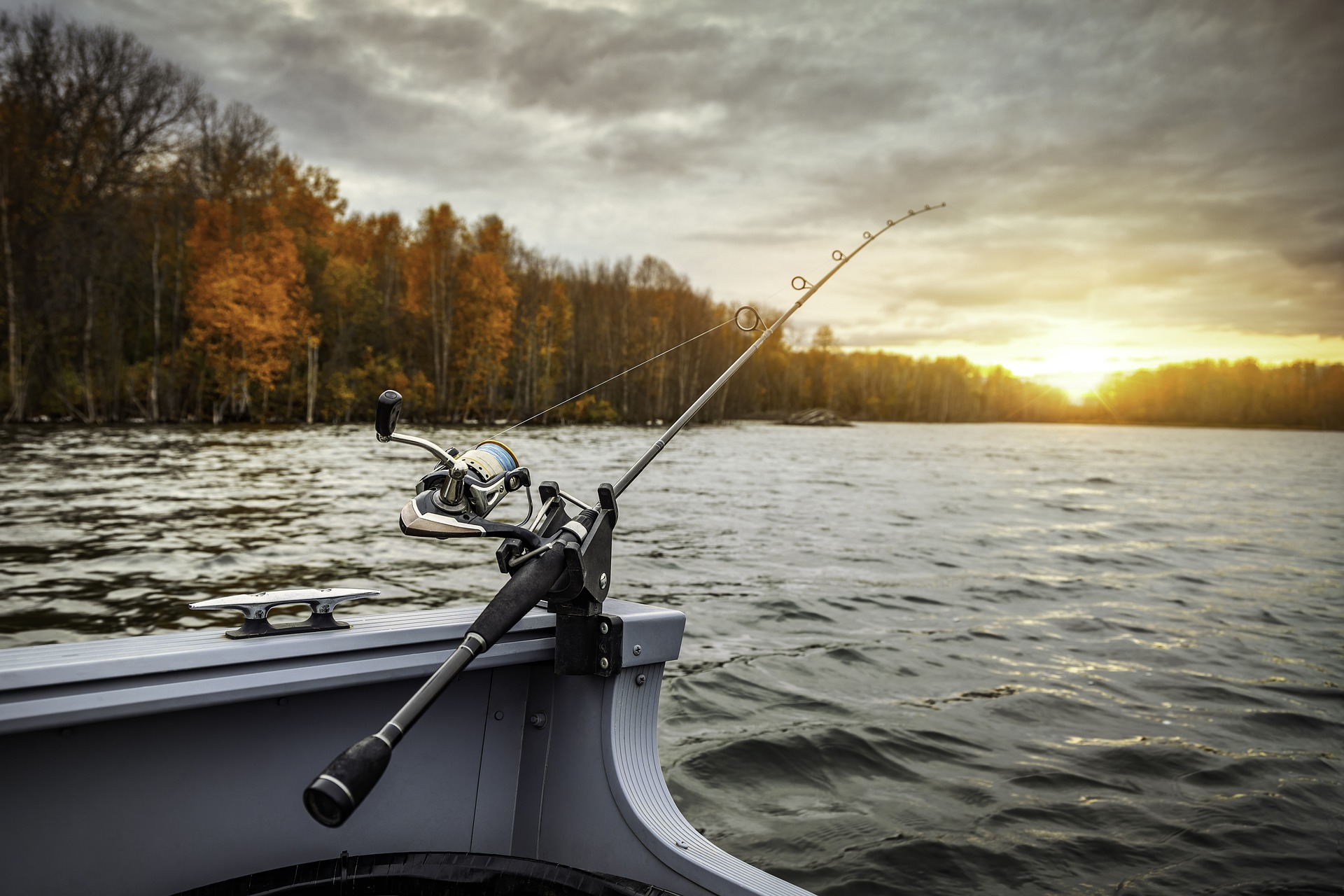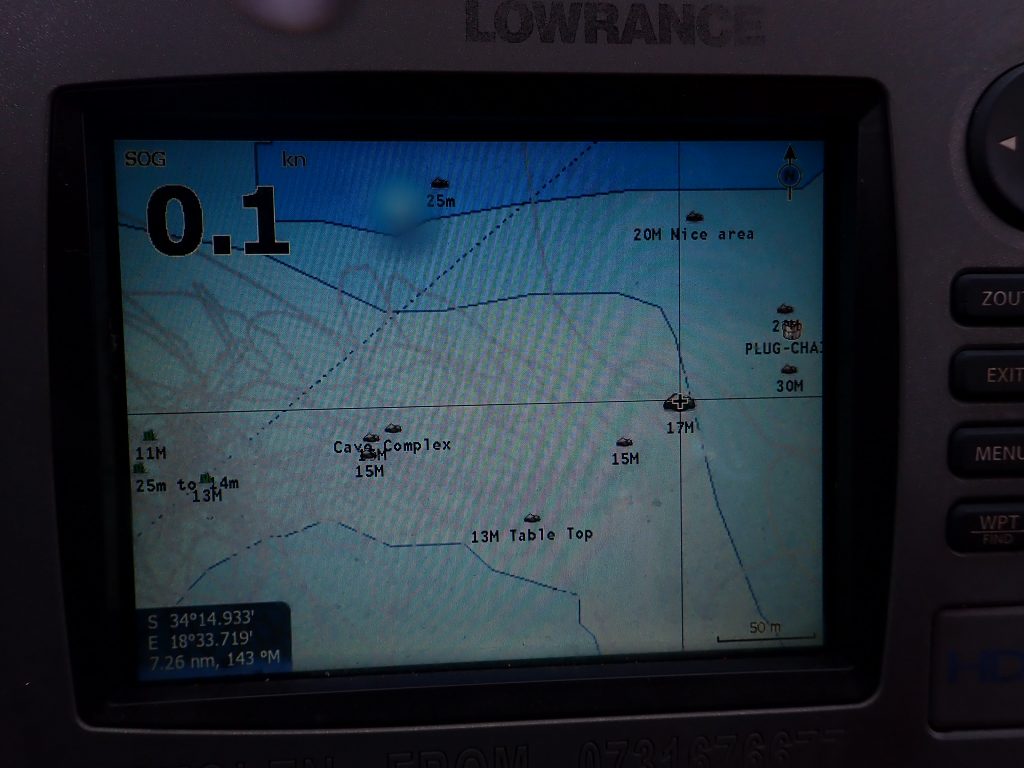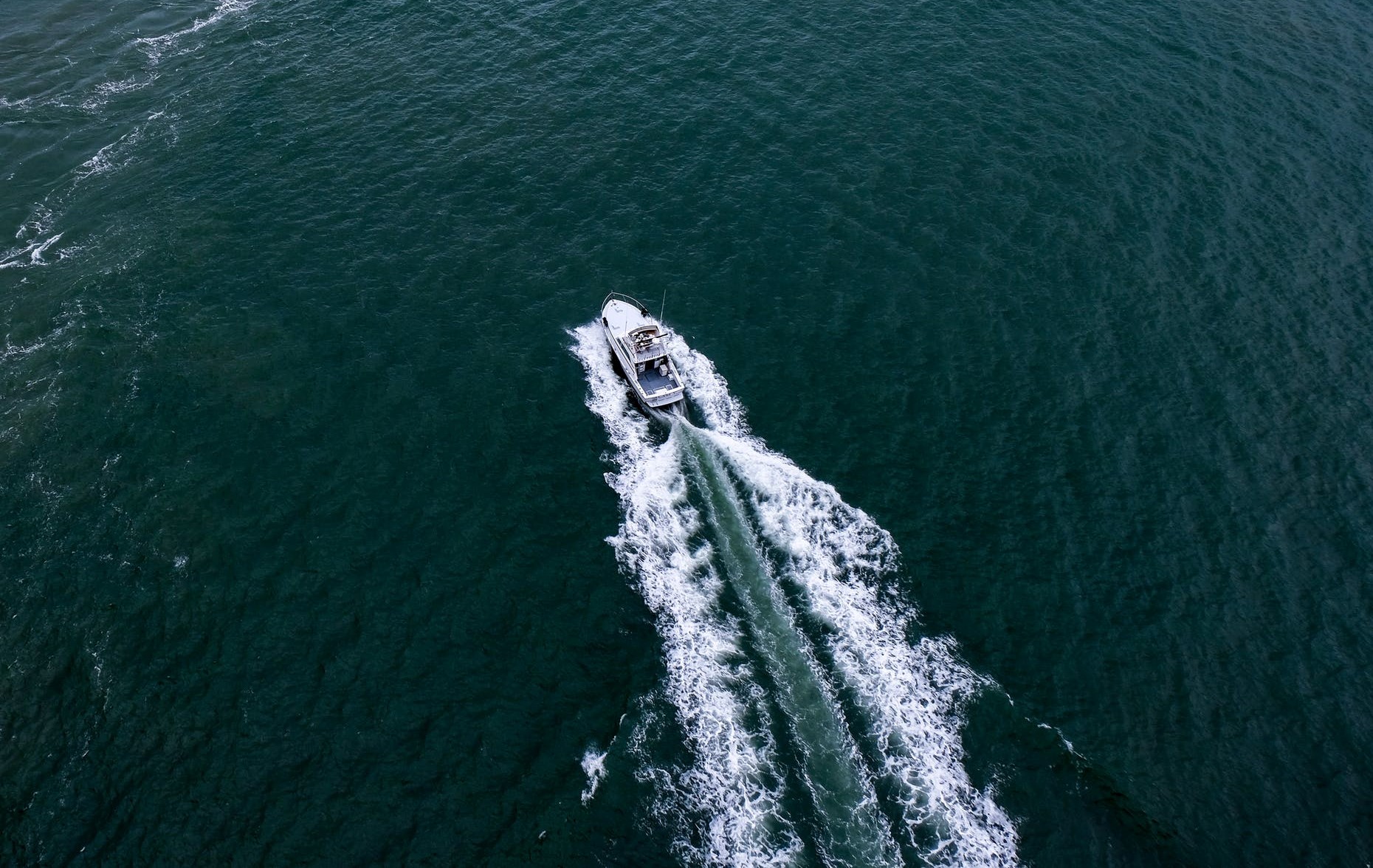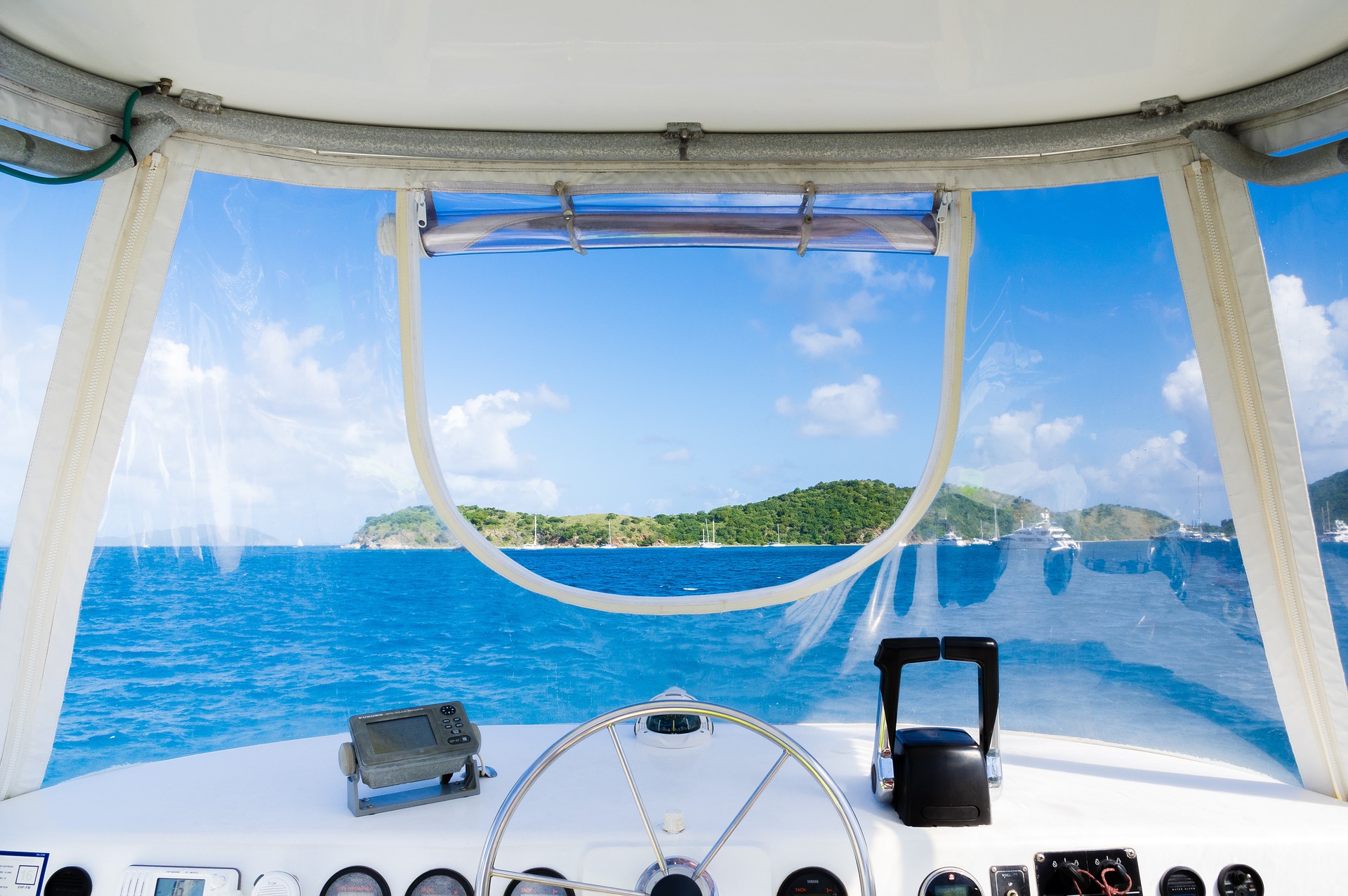
Love to go fishing with your family and friends during weekends?
This article will surely help you catch more fish by understanding the use of depth sounder/fish finders. We’ll discuss their uses, features, advantages and of course, their disadvantages.
What Are Depth Sounders/Fish Finders?

Fish finders or sounders are instruments used to detect fishes underwater by identifying pulses of sound energy – a technique that uses sound propagation to detect objects on or under the water.
There are plenty of fish finder varieties, you can choose whether you want smaller or wider display screens, a black and white display, or a higher resolution screen that displays clearer icons.
If you’re planning to buy your own fish finders/sounders, make sure to check these four important features:
- Display – as mentioned earlier, you can choose a wider display screen if you want a clearer outcome. Usually, it’s recommended to purchase a fish finder with at least a 7″ screen.
- Transducer – this helps the fish finder to convert energy in a physical quantity.
- Transmitter – transmits and generates electromagnetic waves that are detected in the ocean.
- Receiver – used to pick-up or catch electromagnetic waves that carry signals.
How To Read a Fish Finder

Since fish finders will give you approximate results, they will appear on the display screen which makes it easier for you to know the estimated depth of water, your speed, and water temperature.
Now, the first step when it comes to operating your fish finder is to, of course, read the manual – since there are plenty of fish finder variations, the location of the power button and controls may be placed in different locations – on the top of the screen or on the side.
Once you push the power button, the screen will light up and show you the temperature,
^Z depth, underwater structure, and fish icon/arches.
The image of the fishes depends on your fish finder, some will show you fish icons while some will only show arches but their sizes are still accurate. Now, the depth finder is usually displayed on the top left corner and is measured in meters.
Both depth finder and water temperature are also important features since they will help you determine what types of fishes are visible underneath. Modern models of fish finders include GPS that can be used for future references when navigating on waters.
Now that you’re familiar with the purpose of each icon on the display screen, you need to slow down your boat so your fish finder can scan properly whether it’s a dead spot or a good fishing spot.
Advantages and Disadvantages of Depth Sounder/Fish Finders
| ADVANTAGES | DISADVANTAGES |
✔️ Can scan a wider area ✔️ High-resolution displays ✔️ Accurate results ✔️ Can filter ocean noise ✔️ GPS or Trackback facility | ❌ Can have problems with deep-water fishing ❌ Needs time to fully understand ❌Expensive |
Advantages
Now, some of you might ask, why should I use a fish finder? Does it have any advantages or is it effective? The answer is a solid yes. Fish finders/depth sounders have many advantages that will surely help you catch good-quality fishes.
- Helps you scan a wider area – thanks to its advanced technology, fish finders will help you locate almost everything under your boat. If you prefer to have a wider beam coverage, make sure that your transducer has a 50 kHz beam.
- High-quality images and accurate results – as mentioned earlier, fish finders will give you specific depth, water temperature, GPS speed and position. Some also feature high-resolution displays especially if you purchase a newer version.
- Can filter ocean noise – the term ocean noise means other things in the sea that can be mistaken as fishes. But you don’t need to worry about those noises because fish finders can filter them and will determine whether it’s a single fish, a school of fish, or just waste.
- GPS or Trackback facility – this feature will help you track back your vessel’s path and will prevent you from getting lost in the ocean. It will merely show you where you’ve been so you’ll be aware where is a good and bad location to go fishing, since you’ve already scanned your previous route.
Disadvantages
- They can have problems with deep-water fishing – although fish finders can give you accurate results, they also have their own limit. If you like to fish in deep waters, it’s recommendable to buy a fish finder with high wattage (1,000 watts or more) for it to work accurately.
- Needs time to fully understand – as time goes by, the market releases newer and better versions of fish finders. Some have additional features like water depressions, thickness, spot points, etc. These may confuse fishers especially first-time users. To avoid doubts, make sure that you’ll purchase fish finders with manuals and make time to read and understand them before fishing.
- Expensive – for some, fish finders can be quite expensive ($50-$3,000). But since they have many uses and provide accurate information, they are a great investment especially if you’re into fishing.
Conclusion
Fish finders/depth sounders are like heaven-sent instruments for fishers. Though they’re not a hundred percent perfect, our technology is still improving and keeps on developing better versions of fish finders to make fishing easier than before for everyone.
Do you think fish finders are handy? Share us your thoughts and comment below.



